Are Chicken Wings Healthy or Just Tasty?
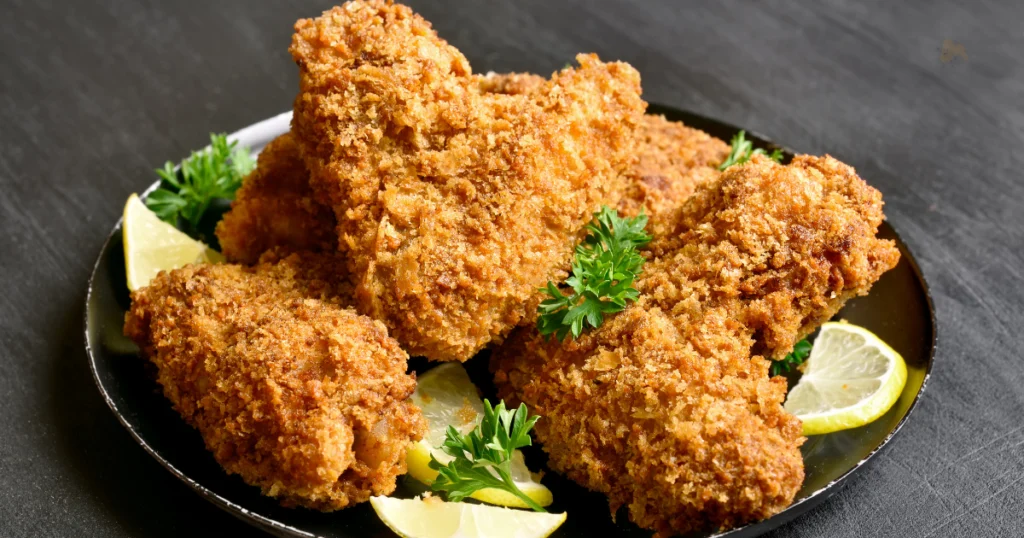
Introduction
are chicken wings healthy :
Chicken wings have soared in popularity, becoming a go-to snack for gatherings, game nights, and casual dining. Their appeal is undeniable—crispy, juicy, and flavorful. Yet, as they grace the menus of restaurants and fast-food outlets alike, a question arises: are chicken wings simply tasty, or do they offer any health benefits? This article delves into the nutritional content, health benefits, potential downsides, and ways to make chicken wings a healthier choice, offering a comprehensive look at the beloved dish.
Table of Contents
Nutritional Breakdown of Chicken Wings
Understanding the nutrition of chicken wings can reveal both benefits and concerns. On average, a serving of chicken wings (about 100 grams, roughly two wings with skin) contains around 200-300 calories, 15-20 grams of protein, and 10-15 grams of fat. They’re protein-rich, essential for muscle growth and repair, but are also high in fat due to the skin, which holds much of the flavor and calories.
Beyond macronutrients, chicken wings provide essential vitamins and minerals. They contain B vitamins, particularly niacin (B3) and vitamin B6, supporting energy metabolism. Iron and phosphorus are also present, contributing to oxygen transport and bone health, respectively. The nutrition differs slightly based on whether you’re consuming white or dark meat, with dark meat (found in wings and thighs) being richer in iron and fat compared to leaner white meat.
Health Benefits of Chicken Wings
Chicken wings are more than just a tasty treat; they pack a punch in terms of protein, making them an excellent option for those looking to increase muscle mass and support muscle recovery. The high-quality protein aids in muscle synthesis and helps you feel satiated for longer, potentially reducing overall food intake.
Wings also provide nutrients like iron and B vitamins that benefit various bodily functions. Iron supports red blood cell production and oxygen transport, while B vitamins are vital for energy conversion, brain health, and immune function. A key consideration for health-conscious eaters is whether to enjoy wings with the skin or go skinless. Removing the skin significantly reduces fat content, making it a leaner choice, albeit with less flavor.
How Cooking Methods Affect Health
The preparation method of chicken wings plays a critical role in their nutritional profile. The classic deep-fried wing, while deliciously crispy, absorbs significant amounts of oil, adding unnecessary calories and fats. This method can lead to a dish high in trans fats, which have been linked to heart disease.
Baked wings, however, are an excellent alternative. Baking achieves a crispy texture without excessive oil, significantly lowering fat content and calorie count. Grilled wings are another popular option, offering a smokier flavor and retaining more nutrients due to less cooking fat. Additionally, air fryers have revolutionized healthier cooking by using minimal oil to produce a similar fried texture, making air-fried wings a lower-calorie option without sacrificing flavor.
The Role of Sauces and Seasonings
The flavor of chicken wings often relies on sauces and seasonings, but these can quickly increase calories, sugar, and sodium. Traditional sauces like barbecue and buffalo tend to be high in sugar and sodium, while creamy dips add fat and calories, which can counteract the benefits of the wings themselves.
Choosing lighter, low-sugar sauces and using fresh herbs and spices like garlic, paprika, and lemon pepper can enhance flavor without adding empty calories. Managing portion sizes when it comes to sauces can also make a difference; dipping lightly or spreading thin layers allows you to enjoy the taste without overwhelming the nutritional value of the wings.
Chicken Wings in a Balanced Diet
Incorporating chicken wings into a balanced diet is possible with mindful portion control. A reasonable serving size is typically about 4-6 wings, which provides protein without excessive calories or fat. Pairing wings with nutrient-dense sides, like a fresh salad, grilled vegetables, or a side of roasted sweet potatoes, can enhance the nutritional profile of the meal and promote a sense of fullness.
Moderation is key to enjoying chicken wings in a healthy way. Eating wings as an occasional treat or a part of a balanced meal plan allows you to savor the flavor without compromising overall health goals. Frequency is another consideration, as regularly indulging in fried wings can impact cardiovascular health and weight management.
Potential Drawbacks of Eating Chicken Wings
While chicken wings have some benefits, they also come with potential health drawbacks. The high-fat content, particularly saturated fat from the skin and cooking oils, can contribute to elevated cholesterol levels and impact heart health. Excessive sodium in traditional sauces and seasonings can also raise blood pressure, posing additional risks for those with heart conditions.
Chicken wings are calorie-dense, meaning even small portions can quickly contribute to daily caloric intake, potentially leading to weight gain if consumed regularly. Fried wings, specifically, can be harder on the digestive system due to their fat content, leading to feelings of sluggishness or indigestion, especially when consumed in large quantities.
Healthier Alternatives to Traditional Chicken Wings
For those seeking lighter options, several alternatives to traditional wings offer similar satisfaction. Buffalo cauliflower wings have gained popularity as a plant-based option, providing a similar texture and taste with fewer calories and fats. They’re ideal for reducing meat intake or increasing vegetable consumption without sacrificing flavor.
Another alternative is using leaner cuts of chicken, such as chicken breast strips, which can be seasoned and cooked like wings. This substitution provides the protein without the extra fat from the skin and dark meat. Additionally, changing up preparation methods—like using baking or air-frying—can help lighten the dish without losing the appeal of classic wings.
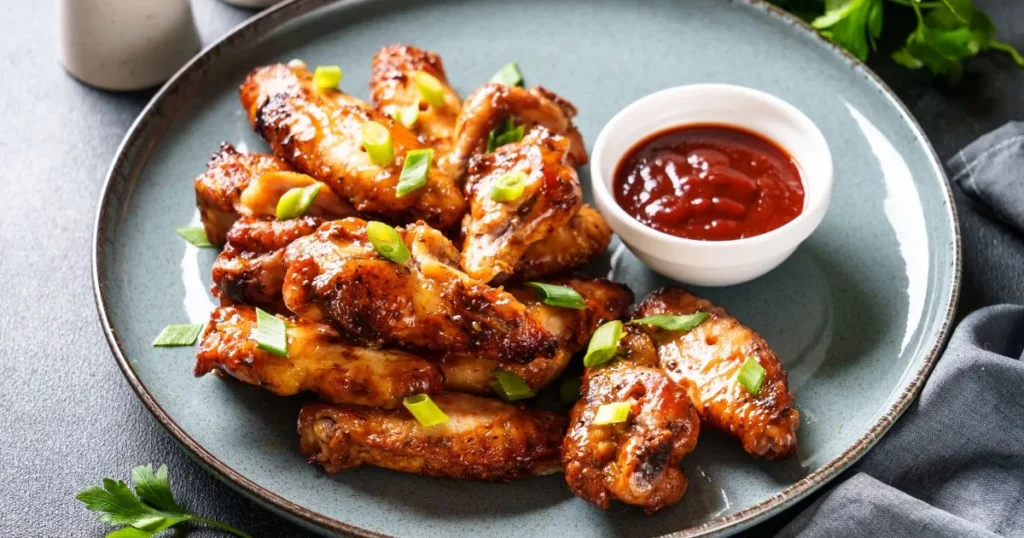
Tips for Making Chicken Wings Healthier
If you’re making wings at home, several tips can help keep the dish on the healthier side. Opt for cooking methods that use less oil, such as baking or grilling, to cut down on unnecessary fats. Using healthy oils like olive oil in small amounts when preparing wings adds flavor without the harmful trans fats.
Going skinless can also reduce fat content, though this may slightly alter the texture. Adding a side of fresh vegetables or opting for low-calorie, yogurt-based dips instead of creamy dressings can balance the meal and provide additional nutrients. By making a few adjustments, you can enjoy wings that are both delicious and aligned with your health goals.
Two Delicious and Nutritious Chicken Wing Recipes
Recipe 1: Spicy Baked Chicken Wings with Honey-Lime Glaze
Ingredients:
- 1 lb chicken wings
- 1 tbsp olive oil
- 1 tsp garlic powder
- 1/2 tsp smoked paprika
- Salt and black pepper to taste
- 1 tbsp honey
- Juice of 1 lime
- Fresh cilantro for garnish
Cooking Instructions:
- Preheat the oven to 400°F (200°C). Line a baking sheet with parchment paper.
- Season the chicken wings with olive oil, garlic powder, smoked paprika, salt, and pepper.
- Bake the wings on the prepared baking sheet for about 25-30 minutes, flipping halfway through for even cooking.
- Prepare the glaze by mixing honey and lime juice. Drizzle the glaze over the wings and toss well.
- Garnish with fresh cilantro and serve warm.
Recipe 2: Garlic-Parmesan Air-Fried Chicken Wings
Ingredients:
- 1 lb chicken wings
- 1 tbsp olive oil
- 1 tsp garlic powder
- 1/2 cup grated Parmesan cheese
- Fresh parsley for garnish
- Salt and black pepper to taste
Cooking Instructions:
- Preheat your air fryer to 400°F (200°C).
- Season the chicken wings with olive oil, garlic powder, salt, and pepper.
- Air-fry the wings for 20-25 minutes, shaking halfway through.
- Coat the wings in Parmesan cheese, then garnish with fresh parsley before serving.
Conclusion
Chicken wings, when approached mindfully, can indeed fit into a balanced diet. Choosing healthier cooking methods, moderating portion sizes, and opting for lighter sauces can help you enjoy them without compromising health. With a few thoughtful choices, you can savor the taste of chicken wings as a satisfying, nutritious addition to your meals. Enjoy responsibly and make the most of this beloved snack while keeping health in focus.
FAQs
1. Are chicken wings a healthy food choice?
Chicken wings can be healthy if prepared using healthier cooking methods like baking, grilling, or air frying. Traditional deep-fried wings, on the other hand, can be loaded with calories and unhealthy fats. Opting for skinless wings and pairing them with healthier sides can also make them more nutritious.
2. Do chicken wings provide any nutritional benefits?
Yes, chicken wings are a good source of protein, which is essential for muscle building and repair. They also provide important nutrients such as iron, B vitamins (like B3 and B6), and phosphorus, which support energy production, red blood cell formation, and bone health.
3. What’s the difference between white meat and dark meat in chicken wings?
White meat, found in the breast and wings, is leaner with less fat compared to dark meat (found in the thighs and legs). Dark meat, such as the meat in chicken wings, contains more fat and iron, which can be beneficial but also adds more calories and saturated fat.
4. Are chicken wings high in fat?
Yes, chicken wings, especially with the skin on, are relatively high in fat. This includes both healthy unsaturated fats and less healthy saturated fats. Skinless wings or baked versions are a leaner option with less fat.
5. How does cooking affect the healthiness of chicken wings?
The method of cooking significantly impacts the healthiness of chicken wings. Deep frying adds extra fats and calories, while baking, grilling, or air frying wings can reduce calorie content and fat. Air fryers use little to no oil, making them a healthier choice for cooking chicken wings.
6. Are chicken wings bad for heart health?
If consumed frequently, especially when deep-fried or served with high-sodium sauces, chicken wings can be detrimental to heart health. They can contribute to high cholesterol and increase the risk of cardiovascular diseases. Choosing healthier cooking methods and moderating sauce intake can help mitigate these risks.
7. Can I make chicken wings healthier?
Yes, there are several ways to make chicken wings healthier. Cooking them at home with healthier oils, removing the skin, and using lower-calorie seasonings and sauces can significantly reduce their fat and calorie content. Pairing wings with vegetables and fresh sides also boosts the nutritional value.
8. What are some healthier alternatives to traditional chicken wings?
Buffalo cauliflower wings are a popular plant-based alternative, offering similar flavor with fewer calories and fats. Other options include using leaner chicken cuts (like chicken breasts) or even preparing wings with alternative cooking methods like grilling or baking instead of frying.
9. How often should I eat chicken wings to maintain a healthy diet?
While chicken wings can be part of a healthy diet, moderation is key. Eating them occasionally as a treat, rather than a frequent meal, will help you avoid excessive calories and fats. Pairing wings with healthy sides and ensuring portion control can help maintain a balanced diet.
10. Can I still enjoy chicken wings while keeping a balanced diet?
Yes! By focusing on healthier cooking techniques, controlling portion sizes, and choosing lighter sauces, you can enjoy chicken wings while keeping your diet balanced. The key is moderation and pairing them with nutritious foods for a well-rounded meal.

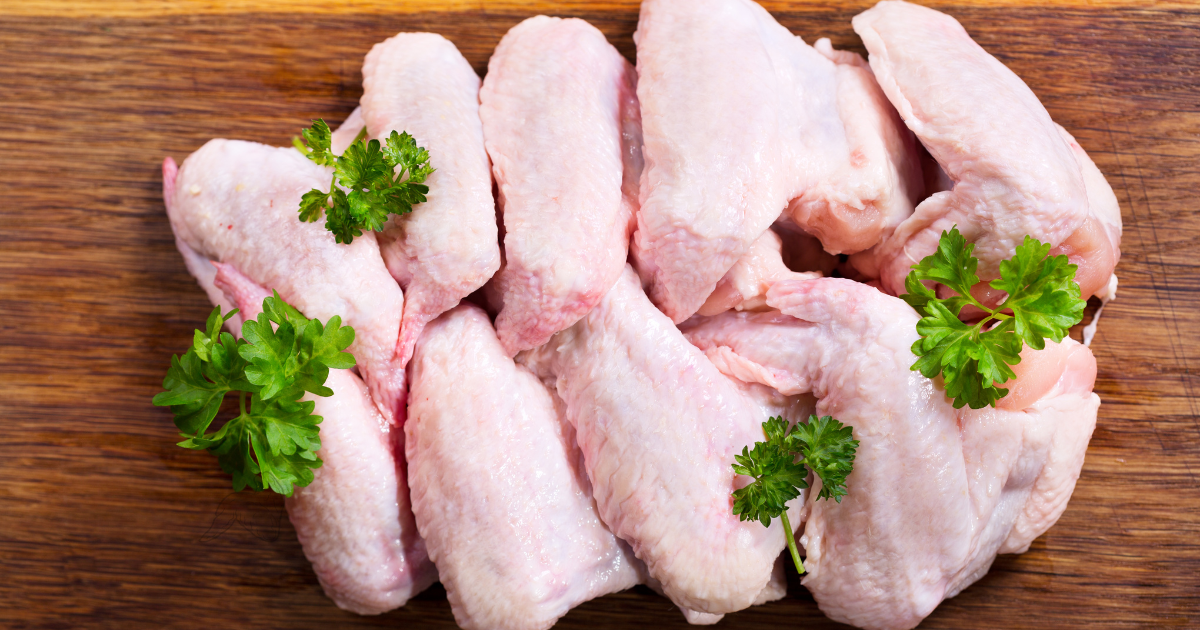
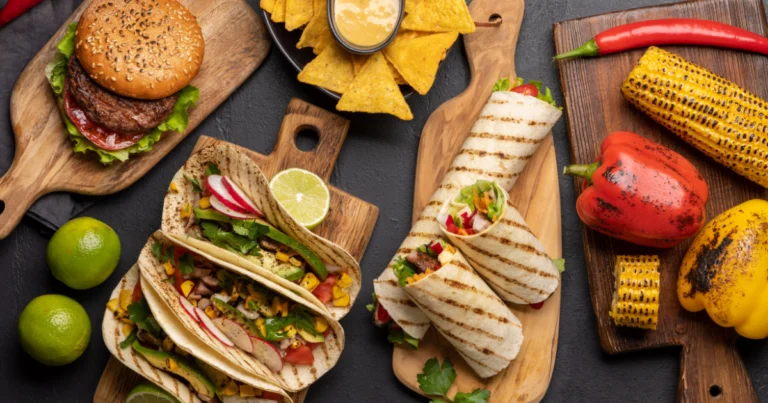
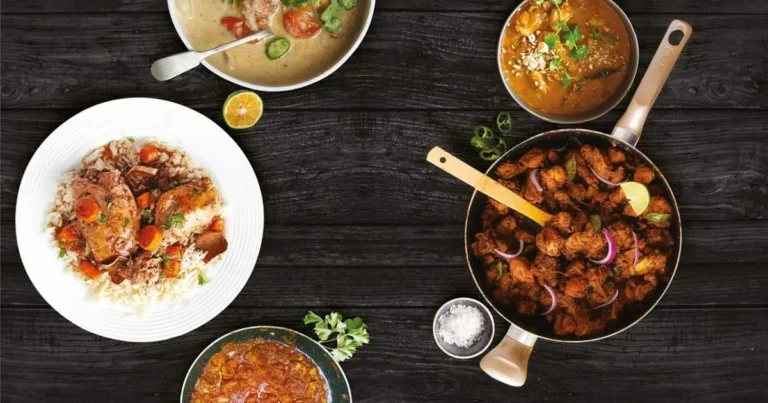
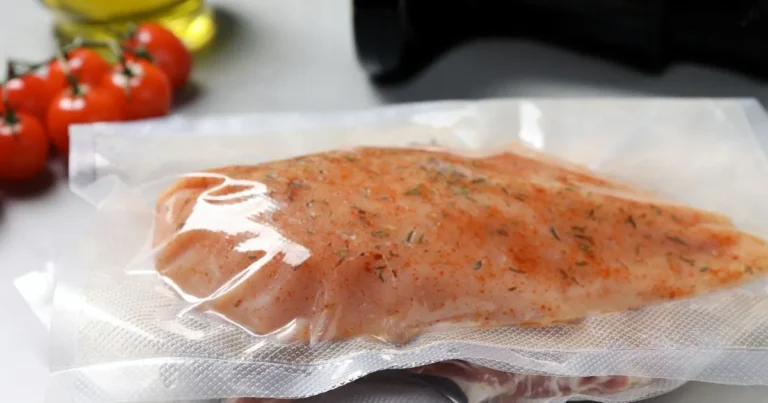
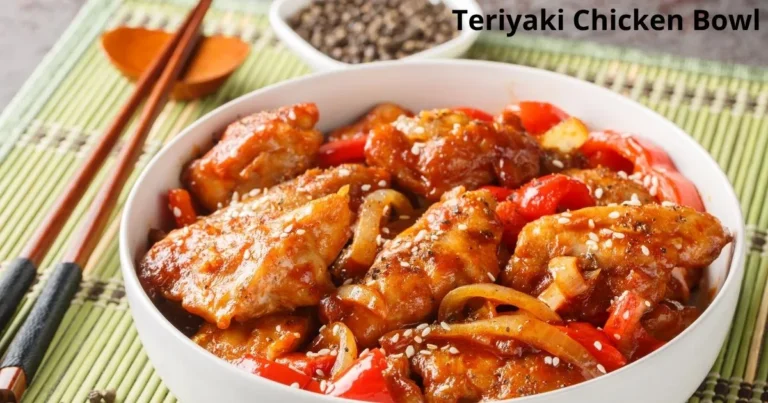


One Comment
Comments are closed.